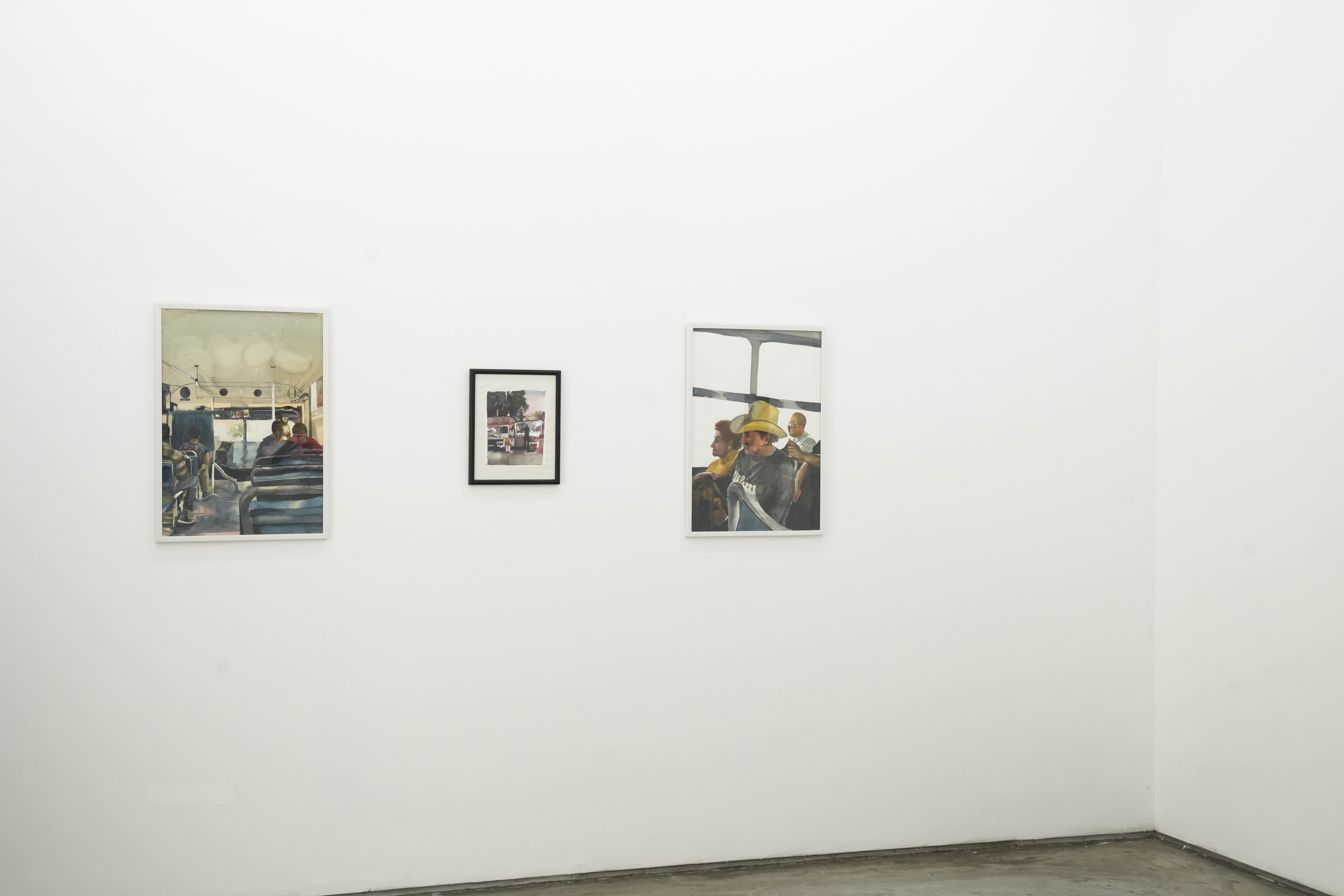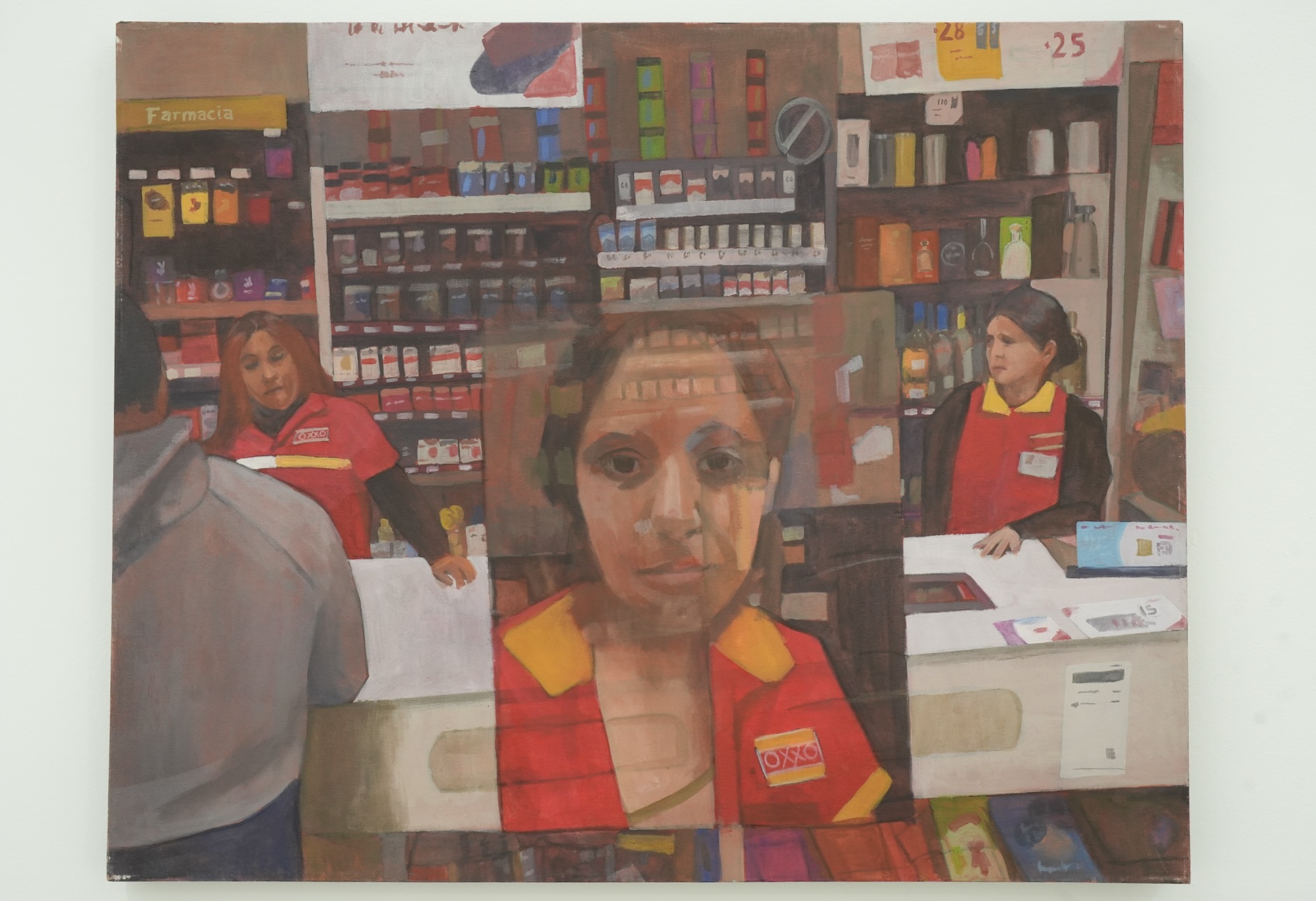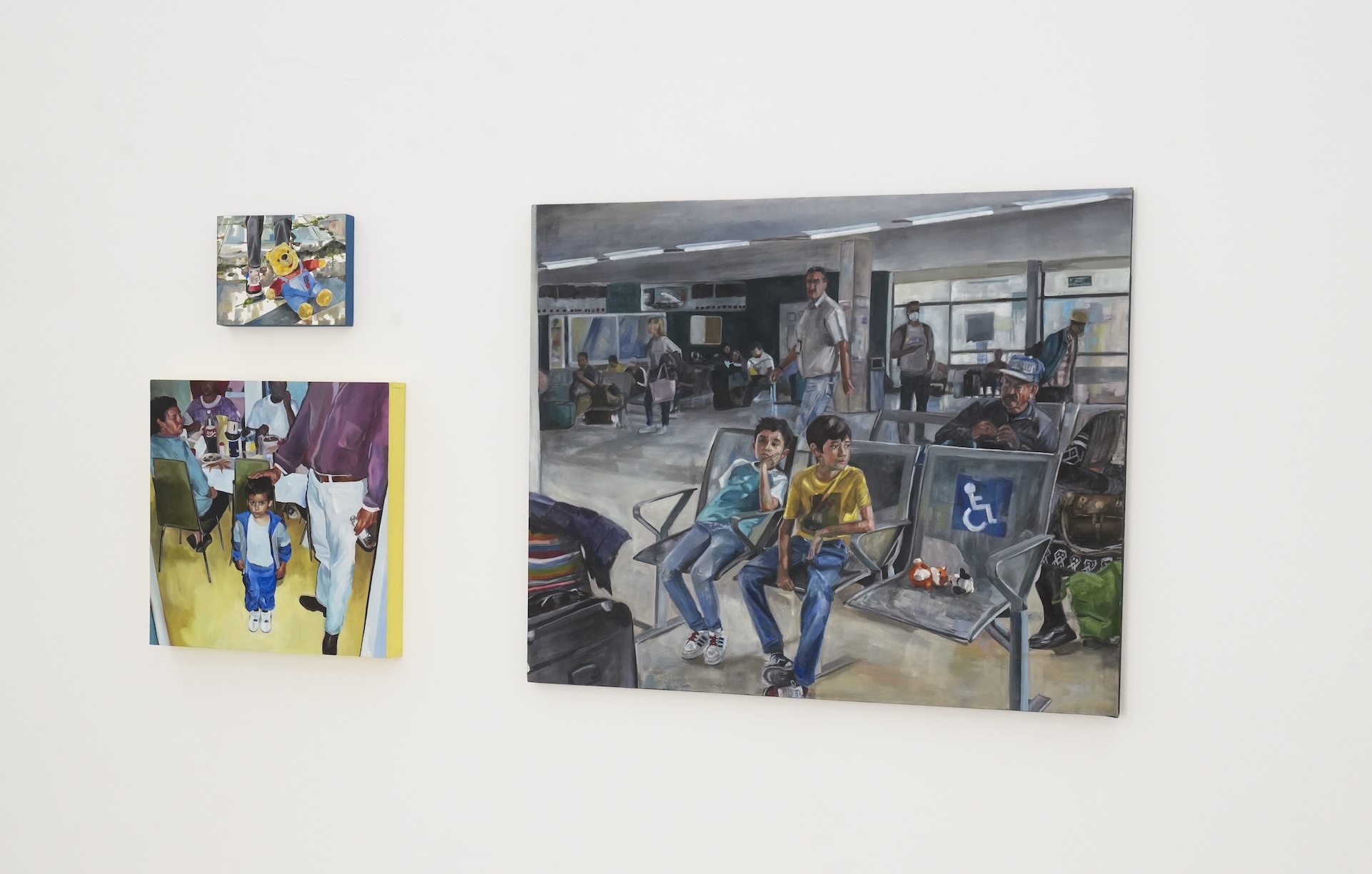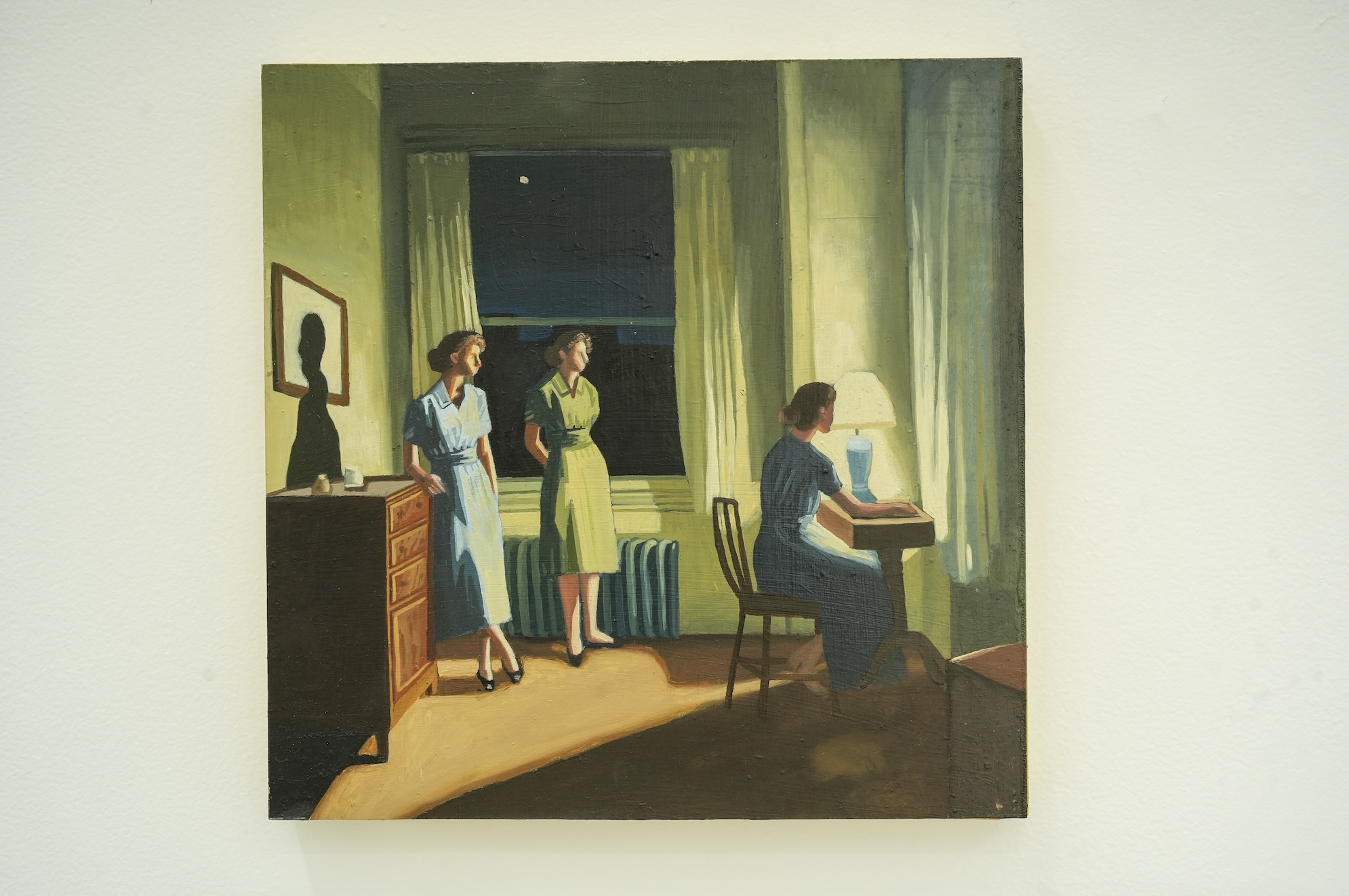
Review
Painting as Identity Craft or the Art of Copying Photographs. On 'Rituales mínimos. Six Duranguense Views of the Everyday'
by Julián Madero Islas
At Galería Enrique Guerrero
Reading time
5 min
Although group exhibitions often feel like an academic punishment, it’s worth noting the effort to bring together the work of six emerging artists from Durango at Galería Enrique Guerrero. While the invitation to reconstruct Duranguense identity—as the subtitle of the show suggests—might come across as somewhat patronizing, it compels us to start from contextual difference in order to appreciate the work on its own terms.
Local or Universal Art?
The exhibition revisits the long-standing question about local and contextual phenomena in art. The proposal doesn’t seem to aspire to a global conversation or to cater to an international art scene shaped by a “regime of singularity” that only acknowledges painting when it wears irony like a facade.
Here, the conventions of the international art world feel distant, even irrelevant. Of course, there is no such thing as universal art. Every time we recognize something as art, we do so from a specific ideological and contextual framework. The exhibition’s subtitle, in that sense, also provides a frame of reference.
The Durango School
A few weeks ago, I heard Gerardo Muñoz (founder of La Guerrera) describe a group of paintings as “very Durango school.” I’ve never been to Durango and I barely know Mexico’s north, but the phrase stayed with me—because it’s true: the precise, realistic style recalls the work of Leonardo Ortega, who generously offered me some insight into Durango’s art scene. Ortega explained that the generation before him had a strong interest in figurative, almost photorealistic painting. He mentioned artists like Ricardo Fernández Ortega, Carlos Cárdenas, and José Luis Ramírez, who—deeply influenced by Daniel Lezama and Luciano Spano—promoted an academic, figurative approach to painting. A quick look at their work reveals a kind of kitschy neoclassicism: epic-fantasy atmospheres (Fernández), Tumblr-style teenage rebellion (Cárdenas), and stylistic playfulness (Ramírez). Initiatives like the “Ángel Zárraga” Northeast Regional Biennial and the work of gallerist Guillermo Sepúlveda, along with the Colectivo Durango, were instrumental in promoting this academic figuration among subsequent generations. This is the preamble Ortega shared with me about that “island of land” known as Victoria de Durango.

Rituales mínimos [Minimal Rituals]
Against the ostentatious style of the previous generation, the self-referential works shown in Rituales mínimos feel honest and grounded. Overall, the exhibition comes across as somewhat academic, in the sense that the pieces show a literal and immediate approach to both reality and identity. That said, the works succeed in capturing the weight of the air when the sun leaves no shadow unscorched and time seems to stall at the doors of an Oxxo.

Paulina Medina’s pieces portray the dullness of commuting, working, and enduring the gnawing light. In Ramona Rocha’s paintings, tedium appears again—this time born from the act of painting itself, rendered repetitive by the endless details we recognize in a convenience store: familiar brands, cigarette packs, the employee uniform. A smaller painting suggests, through its texture, a release from figuration into the abstraction of nightlife. Rocha’s Durango is a spectral city, tinged with melancholy.

Looking at Fernanda Morales’s paintings, I can’t help but join her in the painstaking act of painting a photograph. We recognize the images of children that fill family albums. These are studies. Childhoods already embedded in systems built and undone. Meanwhile, in Jackelyn González’s work, tedium has settled indifferently into the corners of a house: domestic framings, an uninhabited genre painting, the heat of daylight offset by cool shadows. A kitten stares out from the patio.

Manuel Sánchez’s paintings, according to the exhibition text, engage in dialogue with Edward Hopper—especially with the domestic loneliness of the mid-century American dream, here inhabited exclusively by women. One wonders: where did all the men go? The somewhat rough, minimally detailed execution gives the paintings an intriguingly semi-classical tone.

Michelle Galaviz’s works also echo the patina of the American dream—though here parasitized by local customs and habits that clash with the interior décor. Still lifes: pots in the laundry sink, flowers in plastic buckets and glass bottles. Subtle painterly gestures disrupt the photographic surface of the depicted motifs. Phrases scribbled on labels add an emotional counterpoint to the visual literalness: “LOVE,” “Fragility holds,” “Contemplate life,” “Everything unseen—that’s what I am.”

I find myself wondering about the meaning of copying a photograph—even assuming these were made without photographic reference, from direct observation. Has our gaze become photomechanical? Has imagination surrendered to the evidence of the luminous image? I look at the images gathered here. A long yawn of time. A city floating in the noonday heat. Can we see anything beyond the visible?
Translated to English by Luis Sokol
[1] Nathalie Heinich, El paradigma del arte contemporáneo. Estructuras de una revolución artística. (Madrid: Casimiro, 2017).
[1] Leonardo shared with me his perspective on what he understands by “the Durango school,” however, what is written here is my interpretation and I am solely responsible for these lines.
Published on June 15 2025